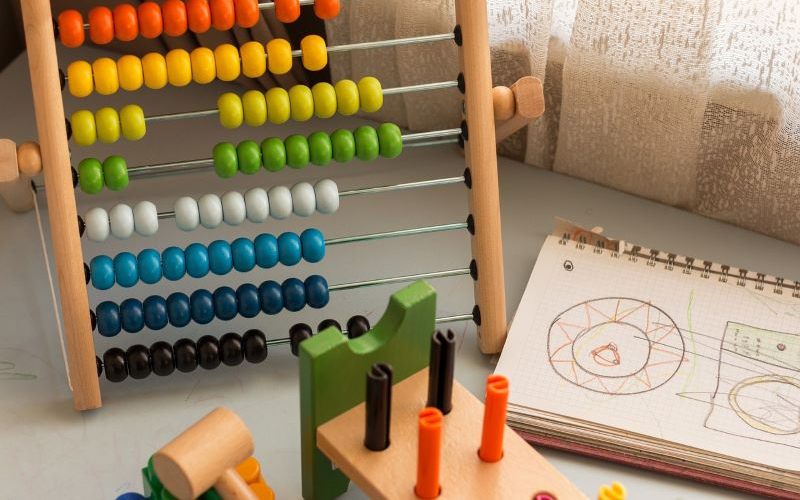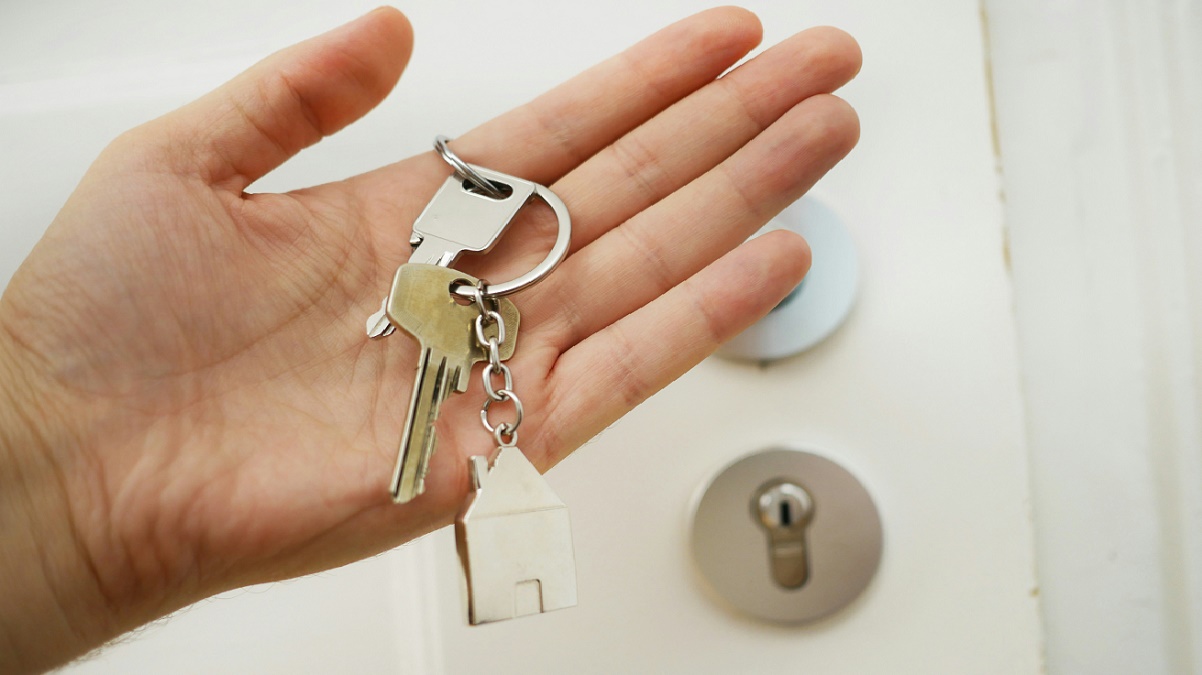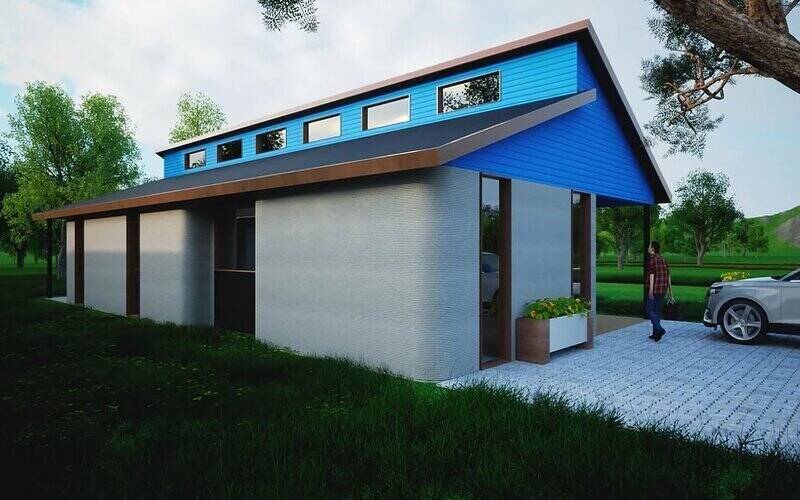A home loan top up allows you to borrow additional funds against the equity you’ve built up in your property. Depending on how much equity you have, your individual financial circumstances and your lender, you may be able to increase the size of your home loan by up to 80% of its value.
Buying a home or looking to refinance? The table below features home loans with some of the lowest interest rates on the market for owner occupiers.
| Lender | Home Loan | Interest Rate | Comparison Rate* | Monthly Repayment | Repayment type | Rate Type | Offset | Redraw | Ongoing Fees | Upfront Fees | Max LVR | Lump Sum Repayment | Additional Repayments | Split Loan Option | Tags | Row Tags | Features | Link | Compare | Promoted Product | Disclosure |
|---|---|---|---|---|---|---|---|---|---|---|---|---|---|---|---|---|---|---|---|---|---|
5.79% p.a. | 5.83% p.a. | $2,931 | Principal & Interest | Variable | $0 | $530 | 90% |
| Promoted | Disclosure | |||||||||||
5.74% p.a. | 5.65% p.a. | $2,915 | Principal & Interest | Variable | $0 | $0 | 80% |
| Promoted | Disclosure | |||||||||||
5.84% p.a. | 6.08% p.a. | $2,947 | Principal & Interest | Variable | $250 | $250 | 60% |
| Promoted | Disclosure |
How does a home loan top up work?
Topping up your home loan is essentially increasing the amount of your home loan to borrow extra money. Generally, the amount by which you can increase your home loan will depend on how much equity is available in your property. As you pay off your home loan, you are increasing your slice of the pie, and in turn generating equity.
Top up scenario
A young couple have taken out a loan of $500,000 to purchase a home.
At the time the property was purchased it was valued at $600,000 and the couple had $100,000 available on-hand to put down for a deposit.
Three years later, the couple have paid off $100,000, leaving them with $400,000 as an outstanding balance.
In the time since the home was purchased, property prices in Australia have increased 20% and the home is now worth $720,000.
That means over the course of the three years, the couple has built up $320,000 in equity, calculated as the market value of your property ($720,000) minus the amount owed on their loan ($400,000).
The couple decide after watching one too many episodes of ‘The Block’ to tackle a kitchen renovation project estimated to cost approximately $30,000.
As topping up requires a lender loaning more money, the lender will consider the current loan-to-value ratio (LVR) of the home loan. Generally, the maximum LVR for tapping into equity is set at 80% of a home’s value. This means on a property worth $720,000 the potential loan value would be $576,000. Subtract the amount still owed, being $400,000, and the maximum amount the lender could add to your loan as a top up for a kitchen renovation is $176,000.
While it is possible to borrow more, Lenders Mortgage Insurance (LMI) would be required in this scenario to protect the lender.
Benefits and risks of topping up your home loan
Benefits
Topping up your home loan can be a cheaper alternative to using a credit card or taking out another loan given that interest rates on mortgages are likely lower than personal loans and other types of credit.
It also allows you to borrow more money based on the equity of your home. Equity can be built by physically doing nothing and just sitting on your property as the market increases in value.
Topping up your home loan with your current lender can take out a lot of the guesswork, as rather than juggling several credit accounts, you can merge them into one and pay a single interest rate on them.
Many variable loan types will allow you to make extra repayments without penalty to pay off the top up portion sooner.
Risks
Topping up your home loan in essence means taking on additional debt. With this in mind, it’s important to note that no matter the amount granted by your lender, you can expect your mortgage repayments to increase in size.
With larger mortgage repayments and the nature of your loan being fixed or variable, you may pay more interest over the life of the home loan for taking on additional debt. This may also mean taking longer to pay down your home loan completely.
There is also the risk that property prices head south or interest rates head north, eating into your equity. This is why lenders generally require a maximum LVR of 80% before tapping into equity - consider that 20% your ‘buffer zone'.
Savings.com.au’s two cents
Depending on your goals and financial circumstances, topping up your home loan can be an efficient way to finance renovations, consolidate debts or even purchase a new car using the equity available on your property.
While offering the convenience of avoiding another loan like a personal or car loan, it’s important to note topping up your home loan will result in higher minimum repayments on your mortgage as you are increasing the loan amount.
Top up requests are subject to lender approval, therefore you’ll need to show you’re on solid financial footing, while showing you are able to consistently make repayments.
Image by Karolina Grabowska via Pexels

Ready, Set, Buy!
Learn everything you need to know about buying property – from choosing the right property and home loan, to the purchasing process, tips to save money and more!
With bonus Q&A sheet and Crossword!






 Denise Raward
Denise Raward

 Harrison Astbury
Harrison Astbury
 Rachel Horan
Rachel Horan
 Brooke Cooper
Brooke Cooper

